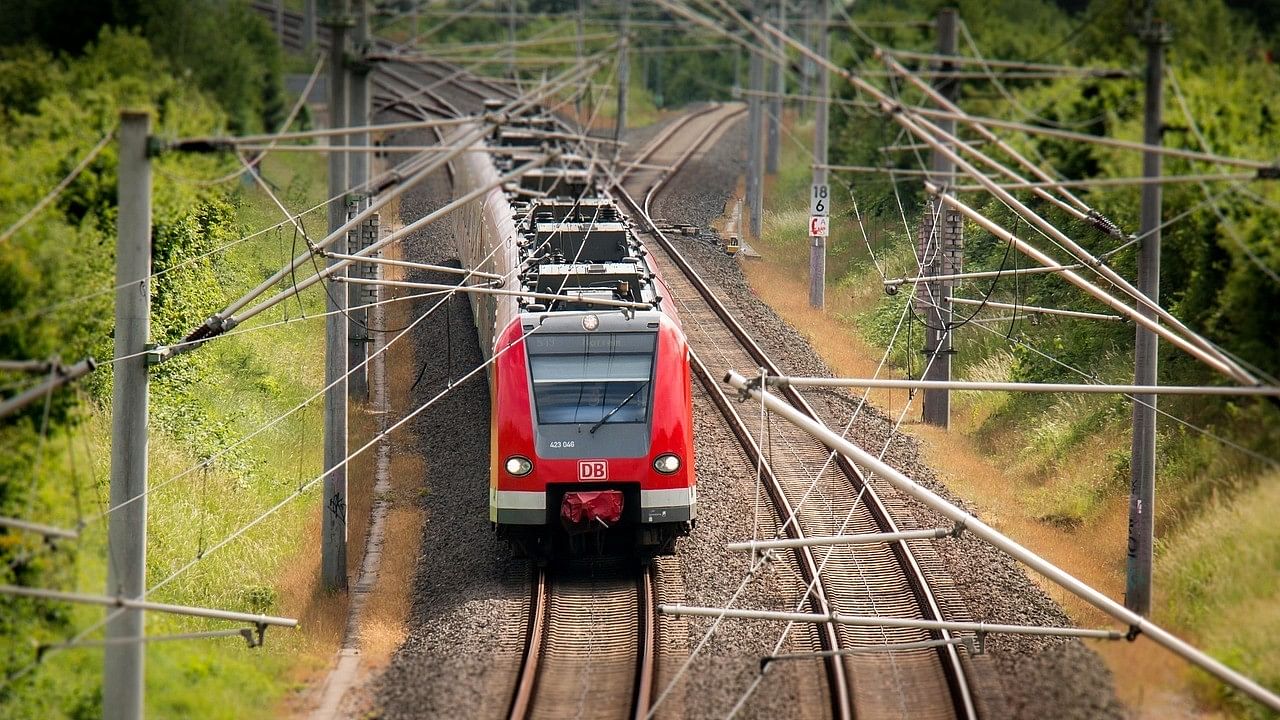
Photo for representational purpose.
Credit: Pixabay photo
I was returning from my trip to Tirupati, eager to secure a Tatkal ticket in the comfort of an AC berth. But, as anyone familiar with the process will attest, it’s easier to win the lottery than to get a Tatkal booking in India’s railways. The whole ordeal feels like a biblical commandment: “Let there be light, but not too bright.” So, I resigned myself to a berth in the sleeper class of the Rameshwaram-Varanasi Express, an experience that would turn out to be far more illuminating than I anticipated.
Boarding the train in Chennai, I was grateful for the small blessing of a window seat—my only refuge in the scorching, humid weather of southern India. As the train chugged through lush green fields, a Banarasi gentleman joined the compartment at Ongole station. His name was Rakesh, a
mill worker from Ongole returning home to Banaras.
Soon, the compartment came alive with chatter, as most passengers from Banaras formed a makeshift club, speaking in Bhojpuri and passing the time with games of Ludo. Amidst all this, a railway helper selling water bottles entered, and a small confrontation over the price of a “Rail Neer” ensued. As I intervened, offering to pay online, Rakesh watched intently. This seemingly mundane moment of haggling over a bottle of water sparked his curiosity about digital transactions. “How did you do that?” he asked, eyes wide with interest.
And so began our lesson. With his phone in hand, I guided Rakesh through setting up a payment app. In just a few transactions, he was confidently sending and receiving money—no longer at the mercy of cash-only dealings. The pride on his face was unmistakable.
The following day, Rakesh marvelled at my ability to order food online. He had grown weary of the subpar railway meals and was eager to learn how to do the same. I helped him place his first order, and when his meal arrived, his joy was palpable. Rakesh wasn’t just learning about digital conveniences; he was embracing a new kind of empowerment.
But this journey wasn’t without its challenges. The state of the train’s bathrooms was, to put it mildly, appalling. Human waste clogged the toilets, and there were no dustbins or basic cleaning supplies. Disgusted, Rakesh and I decided to take action. I showed him how to file a complaint through the railway helpline, and to our amazement, at the next station, a team of cleaners arrived, apologising profusely and fixing the problem. For Rakesh, this was a revelation. “This phone is like a Brahmastra,” he declared, empowered by the knowledge that his voice could bring change.
As I prepared to disembark at my destination, I bid farewell to Rakesh, shaking his hand and saying, “Ram Ram.” I realised that this journey wasn’t just about covering physical distance. It was about bridging the gap between the past and the future, between tradition and technology.